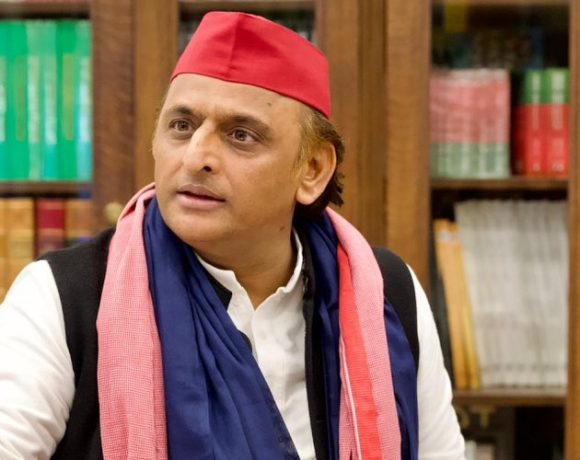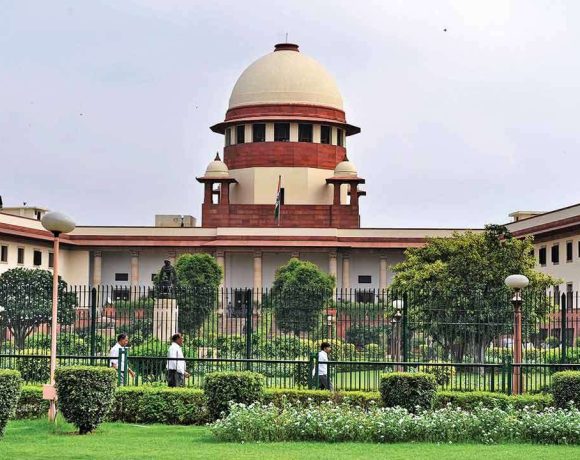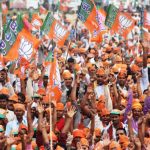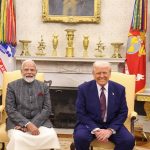
Seven NCP MLAs Join NDPP in Nagaland Amid Development Row
In a major political reshuffle in Nagaland, all seven Nationalist Congress Party (NCP) MLAs have officially joined the ruling Nationalist Democratic Progressive Party (NDPP), stripping the NCP of its presence in the 60-member state assembly. The move significantly strengthens the NDPP’s majority and signals deepening internal rifts within the NCP’s state unit.
NCP MLAs Defection
The defecting MLAs — Namri Nchang, Picto Shohe, Y. Mhonbemo Humtsoe, Y. Mankhao Konyak, A. Pongshi Phom, P. Longon, and S. Toiho Yeptho — had earlier voiced discontent over the lack of development work in their constituencies. They had reportedly approached Deputy Chief Minister and NCP leader Ajit Pawar with their grievances.
“About two to three months ago, the seven MLAs from our Nagaland unit had come to meet me. They told me that they are facing issues there. No work was being done for them on the ground,” Pawar stated.
Their dissatisfaction stemmed from a perceived lack of cooperation and support from the state machinery, which they believed hampered their ability to deliver on development promises to their voters.
NDPP Merger Nagaland
The merger was formally recognized by the Speaker of the Nagaland Legislative Assembly, who ruled that the move was in compliance with the anti-defection law, since all seven MLAs joined the NDPP together. This collective shift fulfills the constitutional requirement of two-thirds majority within a legislative party to legally merge with another.
The development boosts the NDPP’s legislative numbers and adds political weight to the coalition led by Chief Minister Neiphiu Rio.
Ajit Pawar Statement
Ajit Pawar defended the move, clarifying that the anti-defection law was not applicable in this case. “Since all seven MLAs have joined the ruling party together, the anti-defection law does not come into effect,” he said.
Pawar, who was reportedly unwell over the past two days, added that he was still gathering details about the incident but maintained that the merger was a result of ongoing dissatisfaction and not an act of rebellion against party leadership.
The episode sheds light on the challenges faced by national parties in maintaining cohesion across distant regional units. It also raises questions about internal communication, state-level engagement, and the balancing act required between central party leadership and regional interests.


















